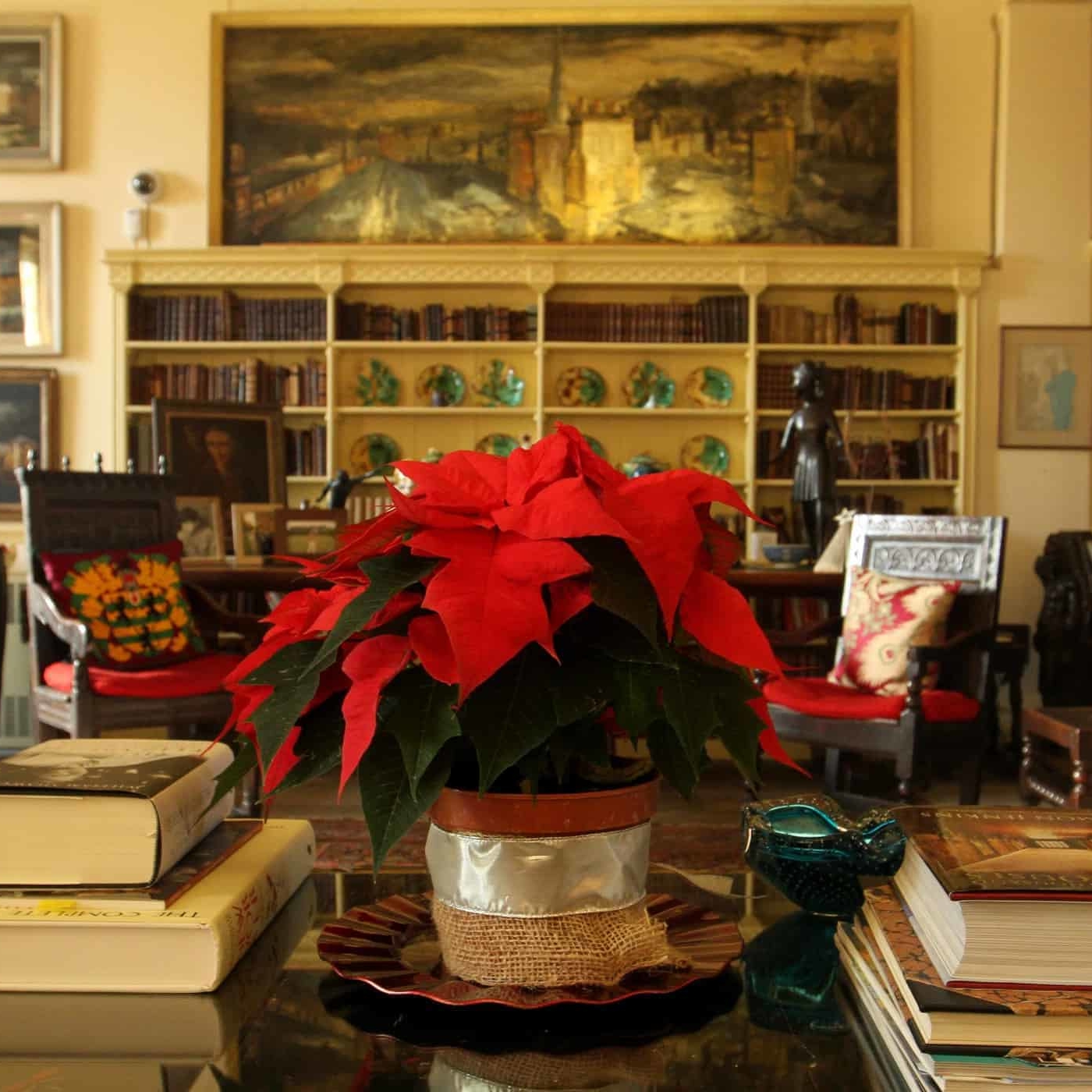Choosing and caring for your Christmas tree
The scent of a ‘real’ Christmas tree in the room is one of the key factors in making a perfect Christmas.
The traditional Norway spruce is an attractive tree but unfortunately has a tendency to drop its needles. The Blue spruce has a slightly better shelf life but overall the Nordmann fir is the best for holding onto its needles and gets the thumbs up for a good shape and aroma, the only drawback is that it is one of the more expensive varieties.
The main problem with keeping a Christmas tree healthy and holding onto its needles is that our centrally heated homes will quickly dry the tree out and because the needles are generally fairly robust you cannot see the signs until it is too late because they do not physically wilt like broad-leaved plants. If possible it is best to keep your Christmas tree in the coolest room in the house and away from corridors where they are going to get bumped into or brushed past frequently.
There are three types of root condition available. Container grown, containerised and well, chopped. Container grown trees will be well established in a container and can easily be watered while in the house, the problem is that they are expensive and if it is too warm they can lose needles even if they are kept watered. This can give them an unsightly appearance if you want to plant them in the garden afterwards or grow them as a pot plant and use again the following year, conifers do not recover well from dead and damaged wood.
Containerised trees will have been lifted from the field where they were being grown, shortly before sale and potted up into a container, the problem is that the roots are inevitably damaged by this process and in fact they will struggle to take up water as the fine feeder roots are often lost altogether. They will not transplant well after Christmas either and although they are cheaper to buy they are not a good choice especially if you want to plant it out or grow it on. The only way to check is by tipping the pot and checking out the root system.
Many people worry about cutting down trees for Christmas, in fact Christmas trees are a purpose grown crop which will be replaced as soon as harvested and indeed they absorb carbon and pollution from the atmosphere while in growth so if you take them to be shredded and turned into mulch rather than burning them they have a positive carbon footprint. Cut trees should be treated like a cut flower while in the house, watered frequently and kept in a cool position where possible.
Caroline Wright
Caroline brings decades of horticultural experience, both practical and theoretical. Having lectured at Brackenhurst Horticultural University for many years, Caroline has now relocated to France and is following her passion for growing plants and teaching. Caroline and her husband Paul run the plant nursery, propagating all of the plants themselves and lead a wide selection of fun and interactive horticultural and craft based courses.

